What is perfection? Asks Pro Infirmis, the disability advocacy organisation, as it puts uniquely crafted mannequins into shop windows

The Background
Leafing through creative ideas from years gone by, I came across this one from Pro Infirmis that really struck a chord.
A disability advocacy organisation in Switzerland launched a campaign back in December 2013, the message at the centre of which really tugs at the heartstrings and can't help but put you in the shoes of those they support.
The Big Idea
Looking to raise awareness around Switzerland's International Day of People with Disability, which lands a few weeks ahead of Christmas each year, shoppers casually milling around Zurich town centre were greeted by shop windows adorned with a series of 'disabled' mannequins.
Set against the glittering lights, tinsel, and vibrant window displays in department stores, each proudly displaying their wares on lifelike mannequins with shortened limbs, twisted spines, and genetic conditions – representing the real figures of a near-invisible population living in Zurich and cities like it around the globe.
Based on actual participants, each mannequin got a massive reaction from passers-by.
The footage from the campaign video shows faces initially filled with surprise, transforming to a slow realisation and introspection that you also feel when looking on.
Finally, posing the question, 'what is perfection?'.
What They Did
Now let's be frank; ideas involving body positivity and store mannequins is a well-worn theme. Creative agencies worldwide have pitched this one as 'a fresh take', only to realise it's been done many times before.
However, it's the video content at the heart of the piece that makes this one stand out as something special.
Purposefully haunting and beautifully shot, the 'Because Who's Perfect?' campaign film sees a mannequin designer meeting a series of real people in a Zurich warehouse.
Measuring each, talking to them about their specific disabilities, quick cuts move the story along at pace as images of 'standard' mannequins enter the frame – each being broken down, cut up, sanded, and rebuilt to mirror the specific shapes and sizes of the models.
At once quite visceral and intimate to watch, the video features Swiss celebs, including radio host Alex Oberholzer, Miss Handicap 2010 Jasmine Rechsteiner, athlete Urs Kolly, actor Erwin Aljukić and blogger Nadja Schmid. In only a couple of minutes running time, their journey is beautifully documented as tentative discussion and shy interactions turn to anxious anticipation and floods of raw emotion as each unique mannequin is revealed to them.
Each is palpably affected by seeing their bodies reimagined in front of them.
Running their hands over the precisely tooled design, staring intently at their beautiful silhouettes and body shapes and interacting with them as if they were really there. A bittersweet portrayal puts you in the protagonists' shoes and really does beg the question of accepted 'normality' and what that word even means.
Ending with each seeing their own mannequin appear in Zurich's high fashion district, proudly wearing the latest fashions, the message that beauty comes in many shapes and sizes is delivered loud and clear.
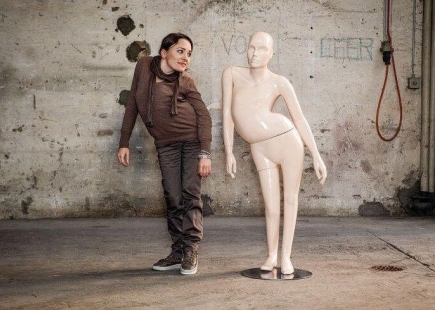
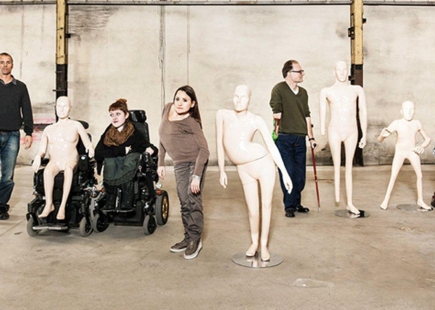
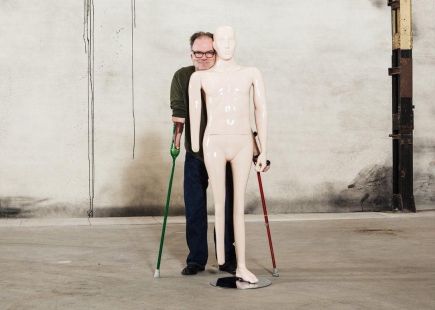
The Results
An award winner with around 25 million views of the video and did the rounds editorially and on social across Switzerland and internationally.
Many at the time heaped critical acclaim on the campaign. Editorially, parallels and comparisons to body positivity and unconscious discrimination in specific countries were drawn as the debate and discussion transcended Switzerland.
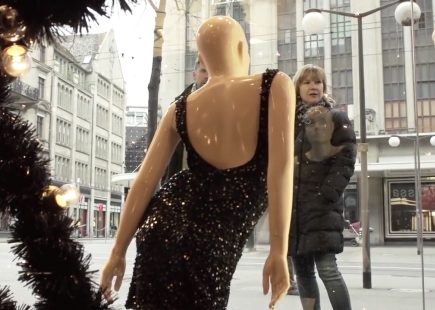

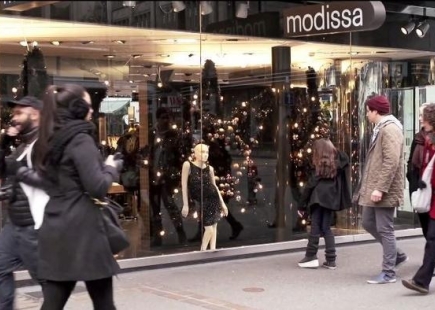
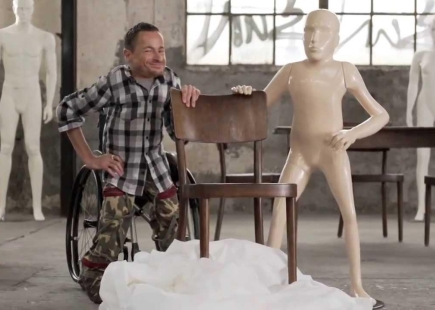
In Hindsight
I think we've all seen versions of this campaign many times before and since.
Still, the understated simplicity of the content strikes a profound nerve.
It's quite simply a masterclass in beautifully crafted film.
There's a single message that needs delivering, but rather than overtly ramming this down the audience's throats, it has great confidence in allowing the story to organically play out through little more than the emotions on the faces of the people that it follows.
Speech is sparingly and subtly used, and a general lightness of touch by film director Alain Gsponer drags you into the emotion of the campaign almost immediately.
Although there is a great deal of joy and celebration, there is, of course, a real bittersweet taste left in the mouth of a viewer watching this video nearly a decade later.
The optimism that this revolutionary celebration of diversity would have come someway further by now quickly turns to pessimism. A quick look around us begs the question if it ever will.
If you enjoyed this article, you can subscribe for free to our weekly email alert and receive a regular curation of the best creative campaigns by creatives themselves.
Published on:



